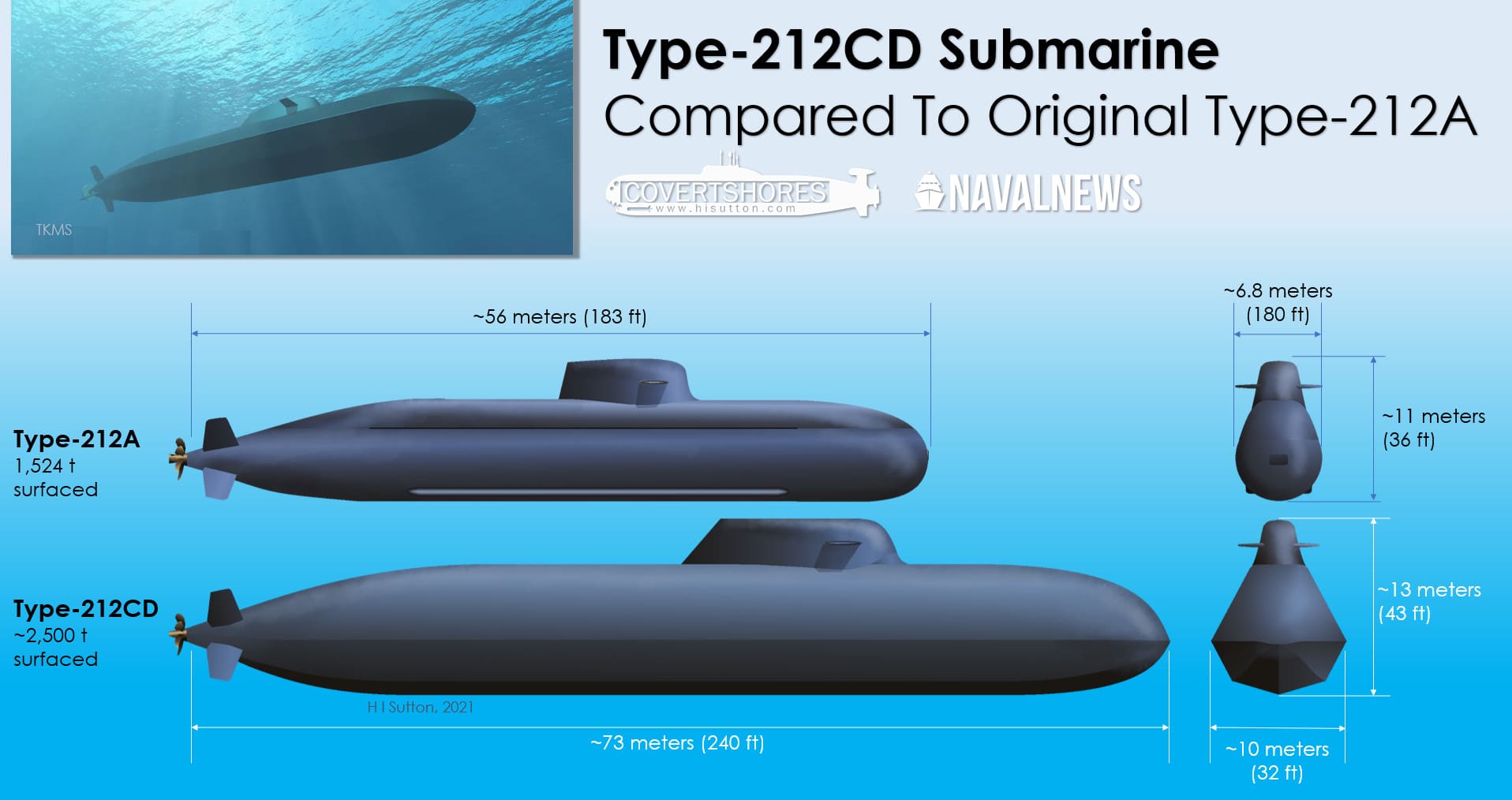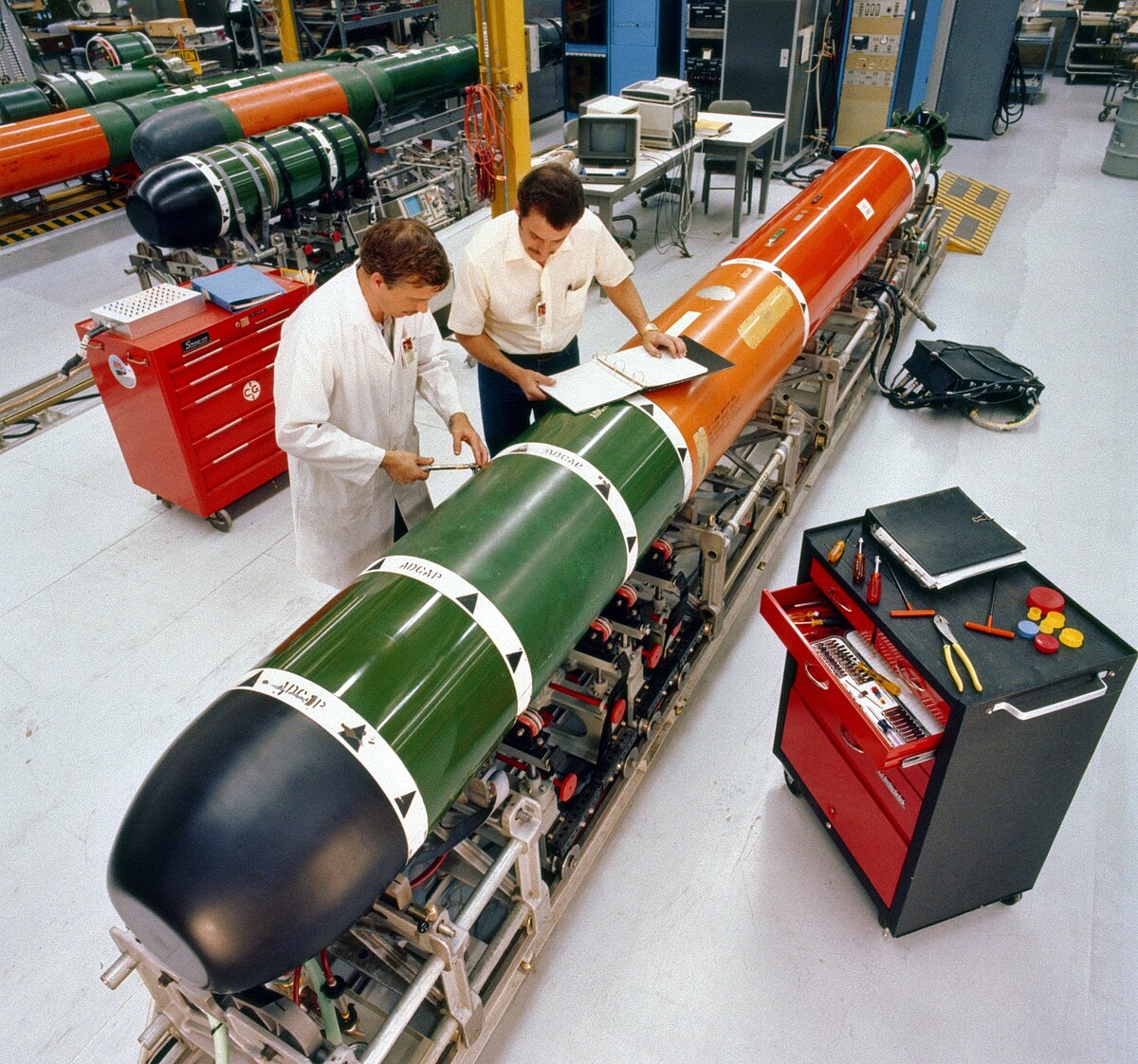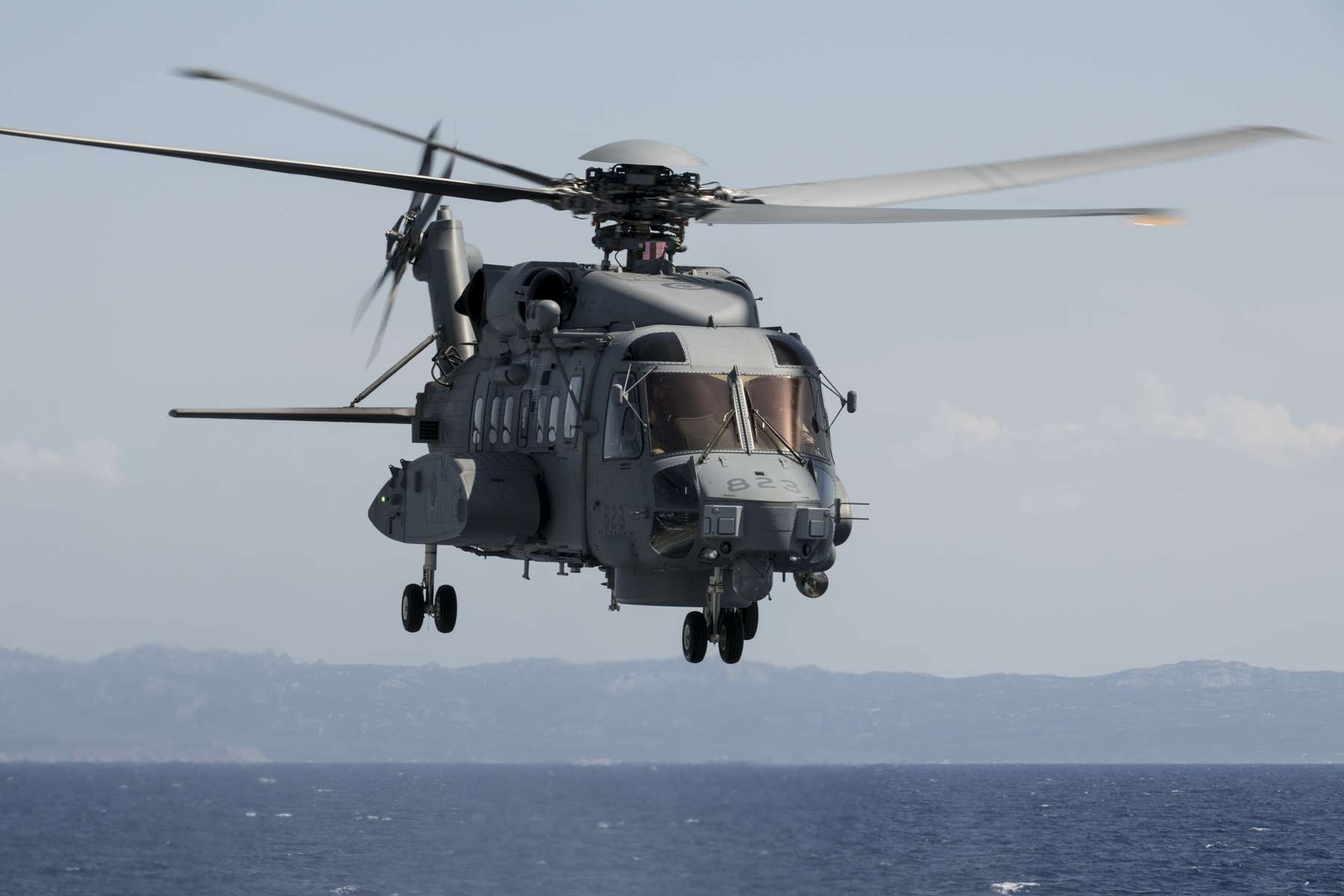The timeline for the T212CD is certainly in line with where we would be looking, with the first boats scheduled for delivery to the Norwegians in 2029. However, while it is certainly chock full of new tech, and will undoubtedly have an improved
submerged range, I'm not sure it will actually have much better
endurance than the Victorias, which dimensionally are quite similar. While the 212CD seems to have a broader beam, it is not clear, given it's "stealthy" diamond-shaped hull, how much of that translates into more useable space. It is slightly longer, if published specifications can be trusted (it's difficult to find detailed information on this design). So, probably slightly better endurance than the Vics, but maybe not game changing for the RCN.
Submarines rely on stealth to maintain the element of surprise and escape threats. For decades this has focused on reducing the noise emitted by the submarine. A resurgence of using active sonar to locate submarines now means that new stealth measures may be required. German submarine builder...

www.navalnews.com

en.wikipedia.org

www.thyssenkrupp-marinesystems.nl
Realistically, if Canada wants to move quickly on this, an existing MOTS design is the best choice. Type 212CD and A26 Oceanic ER seem to be the only options at this time. However, assuming we would want to stick with American combat systems and weapons, not sure there even is a MOTS design out there that wouldn't need significant changes to accommodate the systems and weapons we are used to working with. So maybe a custom design isn't completely mad. A difficult conundrum for RCN planners.








